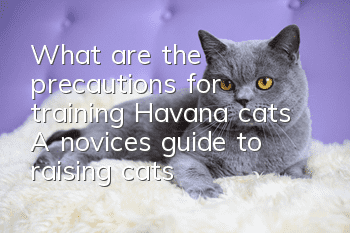How to judge whether a cat has ascites when it has a big belly

How to judge whether a cat with a big belly is ascites:
1. The owner can touch the cat’s lumbar vertebrae and belly with his hands. If the back lumbar vertebrae feel completely skinny to the touch, If the belly feels undulating when touched, like a water bag, then the cat most likely has ascites.
2. If the cat has fever, anorexia, lethargy, edema in the lower limbs, elevated body temperature, diarrhea, reduced defecation frequency, or third eyelid ptosis, it may also have ascites.
3. If the cat’s abdominal circumference increases, the abdominal wall is tight, the abdomen becomes thin, vomits, or has difficulty walking, it may have ascites.
4. If the cat has increased intra-abdominal pressure, accelerated breathing, or abnormally increased pulse, it may be ascites.
5. If the cat’s belly is abnormally large regardless of eating or not, and the cat stands up like a human, and the belly is obviously drooping and feels hard and bulging, it may be ascites.
6. Cats’ long-term malnutrition, liver cirrhosis, cat-borne abdominal disease or bacterial peritonitis and other diseases can also cause ascites.
If a cat has a big belly and has ascites, the owner needs to pay attention to:
1. Take the cat to the hospital for a X-ray and B-ultrasound examination. If there is ascites in the abdomen, a X-ray examination The images cannot see the liver and other organs in the abdominal cavity.
2. Owners can give cats drugs containing furosemide and anti-aldosterone drugs to enhance metabolism and promote the discharge of intra-abdominal fluid.
3. If the cat already has ascites and has symptoms such as difficulty breathing and severe vomiting, the excess ascites needs to be drained through puncture.
4. The owner should feed the cat high-protein, low-sodium food and limit drinking water to relieve symptoms.
- Why do cats love licking their fur so much?
- Things to note when raising cats: Cats’ “glass stomach” cannot be ignored
- How do puppets get hairy cheeks?
- What are the symptoms of pregnancy in hairless cats? What are the symptoms of pregnancy in hairless cats?
- Revealing the reasons why Persian cats are sold at low prices
- How to quickly stop diarrhea in cats
- What should kittens eat that is easy to digest?
- Is it hot when a cat sticks out its tongue?
- Causes of cat colds
- Can cats eat some yogurt?



